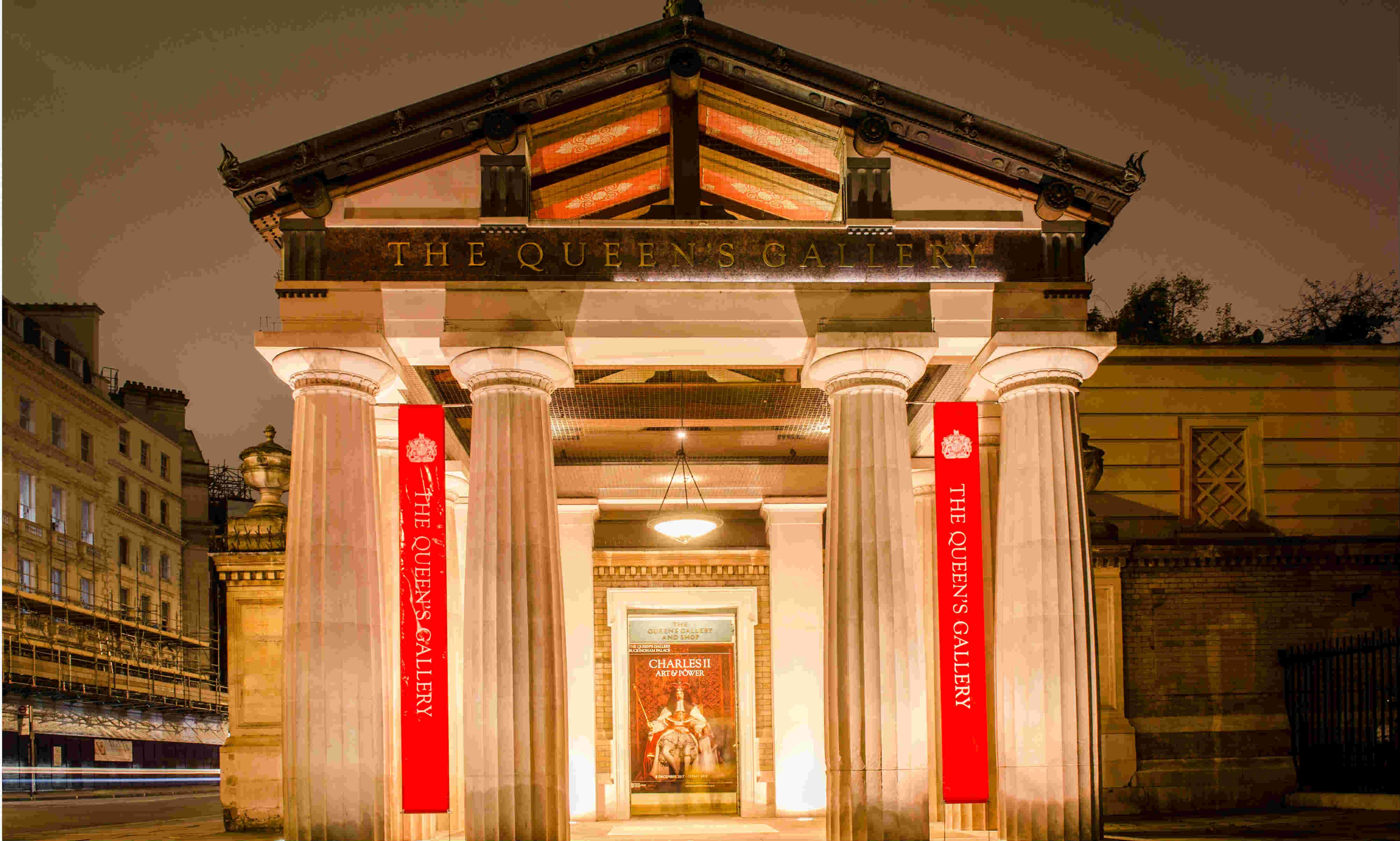Showcasing the best of the capital day and night by Henri Juslén, Chief Future Illuminator of Helvar
People from around the world are coming to London, with cameras and smartphones in hand, ready to share photographs of some of the most spectacular architecture in the world. The capital is currently the world’s third most geotagged city on Instagram, which this year surpassed its 1 billion users milestone.
The appetite for attractive content is driving snap happy users to turn their holiday destinations in to the picture-perfect moment. The capital is flying high with over 101,000,000 posts alone featuring #London. The pulse of the city’s tourist trade is beating faster than ever too. In 2017, a record-breaking 19 million people took some time out in the Big Smoke. This year the figures are set to rocket once again, and the city’s attractions will be ready and waiting for their close up.
As the cityscape continues to evolve the differences between the sharp, towering skyscrapers of modern London with older fixtures like the Tower of London are giving keen photographers plenty to snap.
From a range of galleries and museums to the tallest building in London, a key aim of lighting designers is to work with architects to create lighting solutions that make the buildings a great spectacle, day and night. With tourist numbers increasing year on year there is a need to implement systems that are future fit with no need for comprehensive renovation that disrupts the busy tourism calendar.
Some of the most visited attractions in London are its eclectic mix of art galleries, each containing iconic works from past and present. Nations pride themselves on the art collections they hold dear, presenting them in both cutting edge and classical architecture that continues to attract millions of visitors every year. The experience of visitors is dependent on the environment, and lighting is a crucial component of that. These spaces can benefit from intelligent lighting controls and user-friendly interfaces, created to support impressive lighting designs, showcasing striking architecture and the art collections they protect.
The National Portrait Gallery is home to the world’s largest collection of portraits from the middle ages to the present day. Over a six-year period the gallery has made the transition from tungsten halogen lamps to LED lighting. With two million visitors every year, its packed schedule can make any refurbishment work a major challenge.
Lighting designers were tasked with creating a modern, comfortable ambience which can adapt to specific features of different displays and adjust to reveal particular features and details on the portraits. The goal throughout a project like this is to balance quality with energy efficiency while displaying each piece of art in the way the artist intended. Natural lighting must be kept to a minimum to avoid UV damage to the paintings, some of which are thousands of years old.
Research suggests the most pleasant lighting environment is one that at least mimics natural light. By using sensors in the lighting control system, you are able to carefully monitor the brightness of natural light coming through the windows, whilst tracking the sun’s brightness and measure the sky’s brilliance, adjusting artificial light to save energy and to reduce over-brightness and glare.
With approximately 60% of energy savings, work has continued throughout the gallery and into the offices to create a modern and comfortable place to work and visit. According to Alan Tyrell, National Portrait Gallery Chief Engineer, the lighting “enhances the light’s ability to accurately reveal reds in paintings such as the striking portrait of the Duke of Marlborough”.
Another popular London gallery is the Queen’s Gallery at Buckingham Palace. In a similar way to the National Portrait Gallery, the need is to present each work in the way the artist intended. Of course, as the Royal Family’s own art collection, the gallery attracts millions of visitors a year. The gallery first opened in 1962 and in 2002, to coincide with the Golden Jubilee, the gallery tripled in size. Now around 450 works are on display at any one time. Much like the National Portrait Gallery, each painting requires a bespoke display that celebrates the work and allows it to linger in the mind of all of those who visit it. A sensor- controlled lighting system that adapts to daylight was implemented, again limiting energy costs without compromising on quality. The lighting maintains high lux levels that work with paintings and photography. Each light fitting is easily adjusted to fit the need of the exhibits in rotation and the use of LED’s mean the fixtures with function efficiently for years to come.
While London boasts an illustrious collection of galleries and museums, some of the most ambitious lighting and architecture projects are also some of the most visited places in the city. The Shard is one the newest additions to the London skyline but has fast-become a must-see for tourists, with over 2 million annual visitors. The smart lighting illuminates each floor of the Shade with bespoke solutions. Accommodating everything from the restaurants to the residential floors, and of course the much-loved viewing deck. At night-time the cityscape is dominated by the lights of the Shard as it glows above the towering architecture of London. From the view from the Shard, tourists also gaze upon long standing lighting design that lights up ambitious projects that have stood the test of time, being photographed by millions of satisfied tourists.
When lighting these impressive buildings, the lighting designers work closely with architects and construction teams to develop lighting that compliments both the building and those who eagerly visit it. The aim is to create lighting that enhances the spectacle of a major city. It’s thanks to lighting designers that some of the most dazzling urban skylines are best seen at night.


